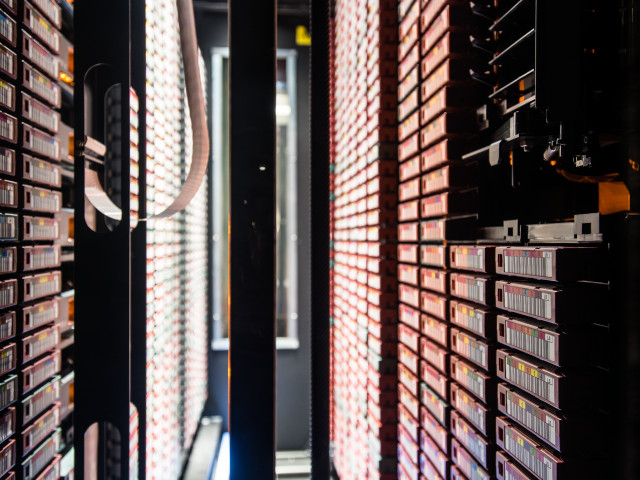- History
- Mobile networks
- Mobile plattforms
- Programming J2ME
- GUI programming in J2ME
- Development tools
- XML in mobile systems
- WAP
- The future of and the research in mobile systems
- Security
HI1017 Programming of Mobile Services with J2ME 7.5 credits
This course has been discontinued.
Decision to discontinue this course:
No information inserted
Information per course offering
Course offerings are missing for current or upcoming semesters.
Course syllabus as PDF
Please note: all information from the Course syllabus is available on this page in an accessible format.
Course syllabus HI1017 (Autumn 2007–)Content and learning outcomes
Course contents
Intended learning outcomes
The course aims at giving knowledge about programming of mobile services with J2ME and providers SDK.
The course consists of two parts, a theoretical part and an applied part:
- In the theoretical part knowledge is given about what possibilities exist regarding development of future mobile services.
In the applied part applications are developed using providers’ SDK for J2ME.
After completing the course the participant should:
- Be able to configure a proper environment for development
- Be able to explain the differences between J2ME and J2SE
- Be able to write a MIDlet application and describe its lifecycle
- Be able to use forms and canvas in order to present data
- Be able to use Bluetooth or other network technology in order to communicate
- Be able to use and store persistent data and PIM
- Be able to understand the possibilities and limitations when developing applications
- Be able to explain the construction and the usefulness of XML based protocols like WAP, MMS, and RSS
For higher grades in the course the participant should:
- Be able to reflect over the future development of Java Micro Edition
- Be able to use game canvas in an optimized way
- Be able to review and evaluate mobile services regarding performance and security
Literature and preparations
Specific prerequisites
Knowledge in object oriented programming and distributed systems
Literature
Yuan: Enterprise J2ME, Developing mobile Java applications, Addison Wesley, ISBN: 0-13-140530-6
Examination and completion
Grading scale
Examination
- LAB2 - Laboratory Work, 4.5 credits, grading scale: A, B, C, D, E, FX, F
- LAB1 - Laboratory Work, 3.0 credits, grading scale: A, B, C, D, E, FX, F
Based on recommendation from KTH’s coordinator for disabilities, the examiner will decide how to adapt an examination for students with documented disability.
The examiner may apply another examination format when re-examining individual students.
If the course is discontinued, students may request to be examined during the following two academic years.
Other requirements for final grade
Passed lab assignments (LAB1; 3 cr.), grades A-F.
Passed lab assignments (LAB2; 4.5 cr.), grades A-F.
Final grades for the course A-F.
Examiner
Ethical approach
- All members of a group are responsible for the group's work.
- In any assessment, every student shall honestly disclose any help received and sources used.
- In an oral assessment, every student shall be able to present and answer questions about the entire assignment and solution.